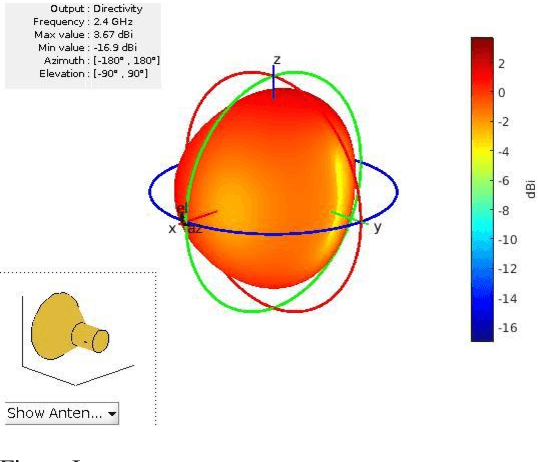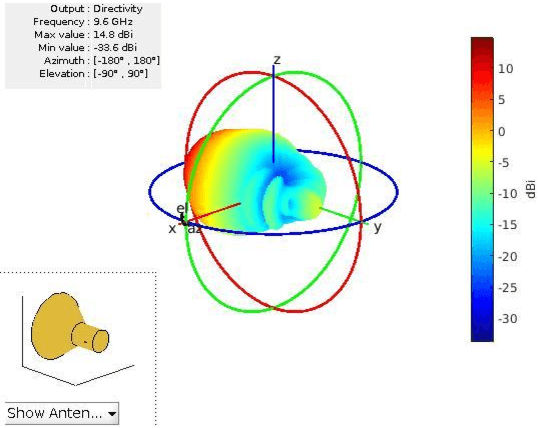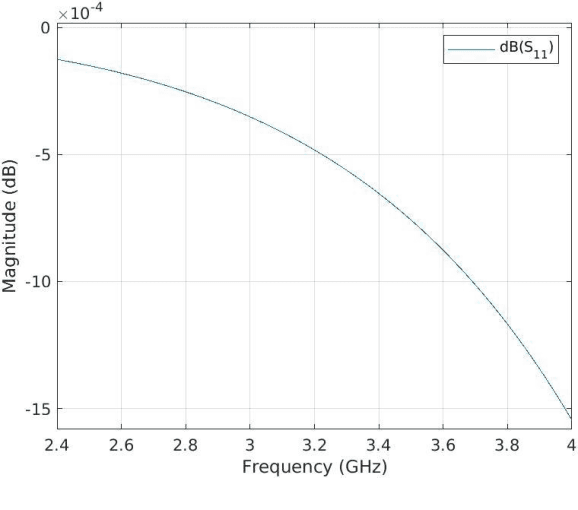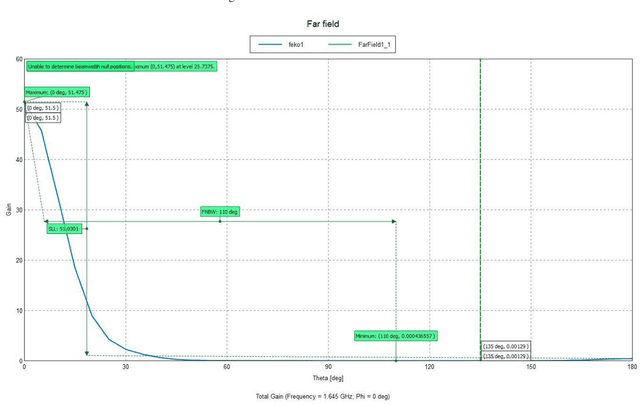Sunit Shantanu Digamber Fulari
Optimal Pattern synthesis of linear antenna array using Ant Hill Colonization Optimization algorithm(AHCOA)
Jul 06, 2022



Abstract:The aim of this paper is to introduce AHCOA to the electromagnetic and antenna community. AHCOA is a new nature inspired meta heuristic algorithm inspired by how there is a hierarchy and departments in the ant hill colonization. It has high probabilistic potential in solving not only unconstrained but also constrained optimization problems. In this paper the AHCOA is applied to linear antenna array for better pattern synthesis in the following ways : By uniform excitation considering equal spacing of the antenna elements with respect to the uniform array. AHCOA is used in obtaining an array pattern to achieve minimum side lobe levels. The results are compared to other state of the art nature based algorithms such as ant lion optimizer, which show a considerable improvement in AHCOA.
Ant Hill Colonization optimization algorithm(AHCOA) for controlling the side lobe of a uniform linear array
Jun 22, 2022



Abstract:This paper aims to introduce the Ant hill colonization optimization algorithm(AHCOA) to the electromagnetics and antenna community. The ant hill is built by special species of ants known as formicas ants(also meadow ants, fire ants and harvester ants). AHCOA is a novel new nature inspired algorithm mimicking how the ants built and sustain the ant hill for their survival and sustenance for many years. This problem solves constrained and unconstrained optimization problems with wide capability in diverse fields. AHCOA is used by writing equations of volumetric analysis of the ant hill mould the manner in which the structure is architected. In this paper, we have shown how AHCOA is better than the previous paper on ant lion optimizer for controlling side lobe in antenna pattern synthesis in paper [1]. The potential of AHCOA in synthesizing and analyzing for d/ varying from 1.1,0.6,0.5,0.3 and 0.1 linear array is also illustrated. Antenna side lobe level minimization is compared with ant lion optimizer showing why AHCOA is better than the previously simulated ant lion optimizer for side lobe control. The results show why linear arrays are better synthesized for AHCOA then other algorithms used in planar arrays. This paper shows why AHCOA is a strong candidate for antenna optimization used in linear arrays.
Optical flow GNSS for navigation in the Indian subcontinent
Apr 08, 2022



Abstract:This paper reveals about global navigation satellite system GNSS in the indian subcontinent known as the navigation in the indian subcontinent(NavIC) We have tried to model a new technique in GNSS known as the optical flow tracking global navigation system (OF GNSS). This method using differential equations is very accurate for very small distances on the surface of the earth in the 1500km range of the Indian subcontinent satellite coverage. When we talk of accuracy of the GPS system it should be very accurate on the surface of the earth when used to show changes in coordinate of the moving body with respect to the ground by the satellite which is situated on the earths orbit. Optical flow is a method which uses movements with respect to x and y axis for infinitesimal changes in its coordinates and then uses this algorithm to use it in global positioning system to find accurate position of the body with respect to the satellite coordinates with respect to ground positioning. The modern method of differential frames is also very accurate as it involves infinitesimal frames which are modelled together from the satellite to find changes in the coordinates on the earths surface, so we have designed a new algorithm in this paper on the Optical flow GNSS system which is an alternative and can improve the study done in the design of these algorithms in this field of applications.
Antenna parameterization for effectiveness in horn shaped antenna for 5G communication as future of Antennas
Jan 03, 2022



Abstract:Horn antenna is well documented in our research in this paper. We are trying our latent method of radiation by antennas which we suppose to reduce to a significant extent. Why we chose horn antenna is it resonates the sound to explosion as done by horn shaped matter. Horn by its shape makes the sent signals to maximum capability by its shape which is required by the receiver due to the distance separation from sender and receiver. Our research will contain various implementations leading to improvement of previous designs. We will use the traditional methods of Bergen to make the antenna behave smartly in its functioning.
 Add to Chrome
Add to Chrome Add to Firefox
Add to Firefox Add to Edge
Add to Edge